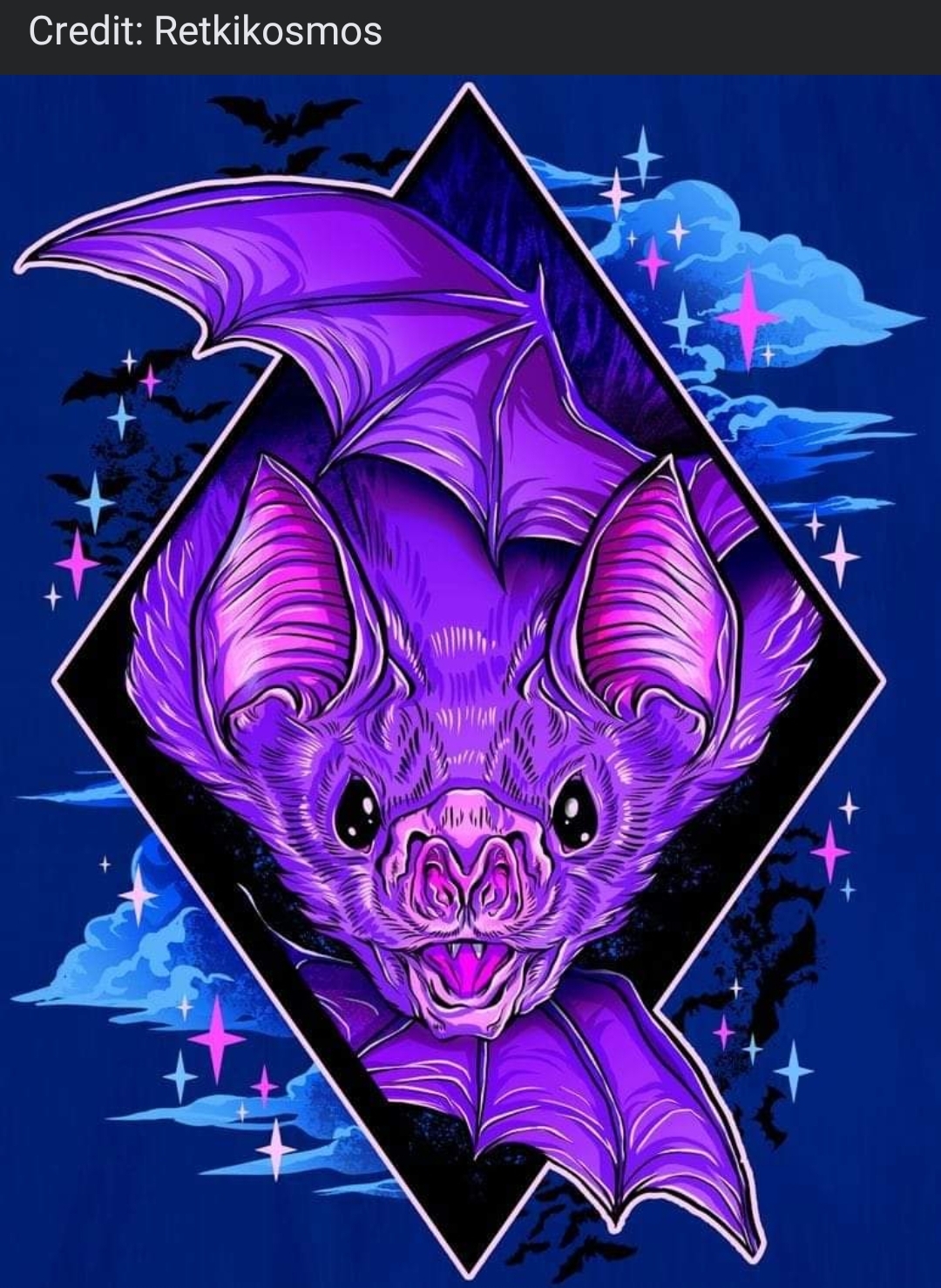Vampire bats have been a staple of folklore & horror for centuries, fueling nightmares & inspiring countless tales of the undead. But how much of the myth is rooted in reality? Do these blood-drinking creatures actually exist? The answer is a resounding yes.
Vampire Bats: The Real Deal
Vampire bats are not just figments of imagination; they are real animals belonging to the family Phyllostomidae. There are three recognized species of vampire bats:
- Common vampire bat (Desmodus rotundus)
- Hairy-legged vampire bat (Diphylla ecaudata)
- White-winged vampire bat (Diaemus youngi)
These fascinating creatures are native to the Americas, ranging from Mexico to Central & South America. They primarily inhabit tropical & subtropical regions, roosting in caves, hollow trees, & abandoned buildings.
What Makes Them Unique?
Vampire bats are the only mammals that feed exclusively on blood, a dietary trait known as hematophagy. They have several unique adaptations that enable them to thrive on this unusual diet:
- Sharp Teeth & Anticoagulant Saliva: Vampire bats have razor-sharp incisors that they use to make a small, painless incision in their prey’s skin. Their saliva contains an anticoagulant that prevents the blood from clotting, allowing them to lap it up with their long tongues.
- Heat Sensors: These bats have specialized heat sensors on their noses that help them locate areas of warm blood flow near the surface of their prey’s skin.
- Efficient Kidneys: Feeding on blood means consuming large amounts of liquid. Vampire bats have highly efficient kidneys that allow them to process & excrete excess fluids quickly.
What Do They Eat?
Vampire bats typically feed on the blood of sleeping mammals, such as cattle, horses, & wild pigs. They may also occasionally feed on birds. Contrary to popular belief, they don’t “suck” blood; they lap it up.
Are They Dangerous to Humans?
While vampire bats can bite humans, it’s relatively rare. Their bites are usually small & painless, & the risk of contracting rabies from a vampire bat is low. However, in rare cases, their bites can transmit diseases or cause secondary infections.
Conservation Status
Vampire bats play a role in their ecosystems. The common vampire bat is listed as “Least Concern” by the International Union for Conservation of Nature (IUCN), as it has a wide distribution & stable population. However, habitat loss & persecution due to misconceptions remain threats to these unique creatures.
Key Takeaways
- Vampire bats are real animals found in the Americas.
- They are the only mammals that feed exclusively on blood.
- They have unique adaptations that enable their hematophagous lifestyle.
- While they can bite humans, it’s rare, & the risk of disease transmission is low.
- Conservation efforts are important to protect these fascinating creatures & their habitats.
Embracing the Natural World
Vampire bats, while often demonized in popular culture, are an integral part of the natural world. Understanding their biology & behavior helps us appreciate their unique adaptations & dispel myths surrounding them. By promoting accurate information & conservation efforts, we can ensure that these fascinating creatures continue to thrive in their natural habitats.
Unless otherwise noted, image assets above are NOT original content & are shared under fair use doctrine with NO claims to authorship or ownership.
Contact necrolicious@necrolicious.com for credit or removal.
This post was sponsored by…ME! If you’d like to support, please buy my original meme merch from Necrolicious.store or check out my affiliate links to get yourself some other cool things. Additional affiliate links may be contained in the above article. If you click on an affiliate link & sign up/make a purchase, I may earn a commission. This does not increase the price you pay for the product or service, so it helps support this website at no cost to you.
Today’s featured item:



